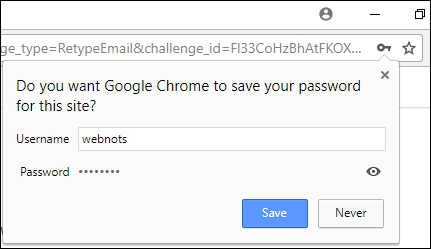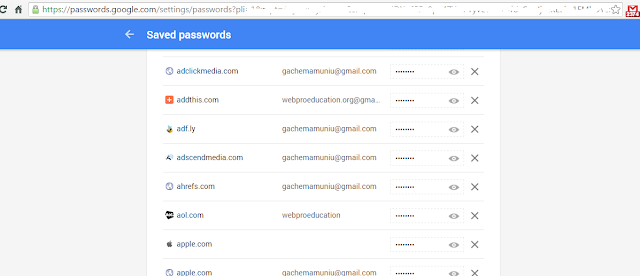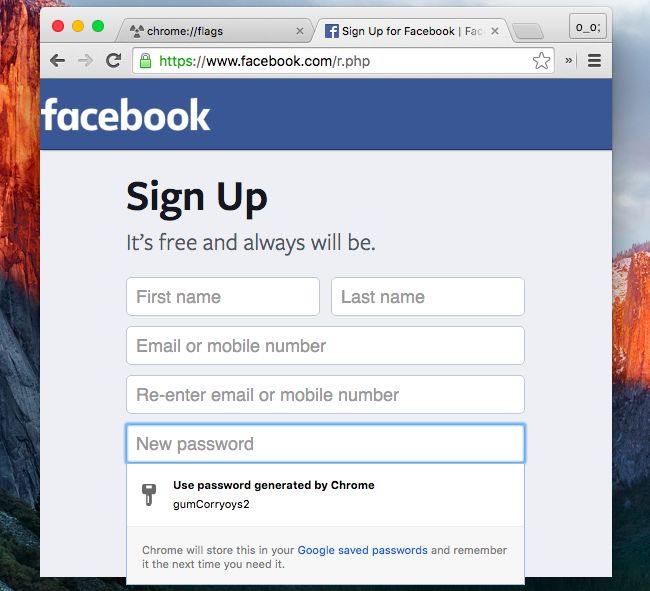
That too, without me having to move even my finger.

If it’s ‘off’ (as it is in my case), turn the slider ‘on’.įor example, after saving my Facebook account login details, when I returned to the site, it automatically filled my login fields in a jiffy. Now, under this same ‘Password’ section, make sure you have the “Autofill” option on to experience the lightning-fast speed and accuracy of the service. There you can see all the credentials you saved and to remove one, just click on the ellipses (three verticle dots) of any entry and select ‘Remove’.

Just go to ‘Settings’ and enter the ‘Passwords’ section. Similarly, it’s dead-simple to see or remove any of your passwords. Your saved passwords will just populate from then onwards. As you sign in or sign up to any site for the first time, Google Chrome asks you whether you want to save the credentials or not.Ĭlick ‘Save’ to save the secure password or hit ‘Never’ if you never want to see the option again for that site. The form capture and autofill feature of this free password manager tool are much better than even the very best password managers.Įverything happens automatically. This is essentially your master password. Just open the Google Chrome browser, which all computers have by default, and sign in with your Google account.

Unlike a standard password manager, no need to download any app, create an account, or add an extension. It’s available on Windows, Mac, iOS, and Android devices. With Google Chrome Password Manager, you can get up and running in no time, and that’s the most significant benefit of this tool.


 0 kommentar(er)
0 kommentar(er)
